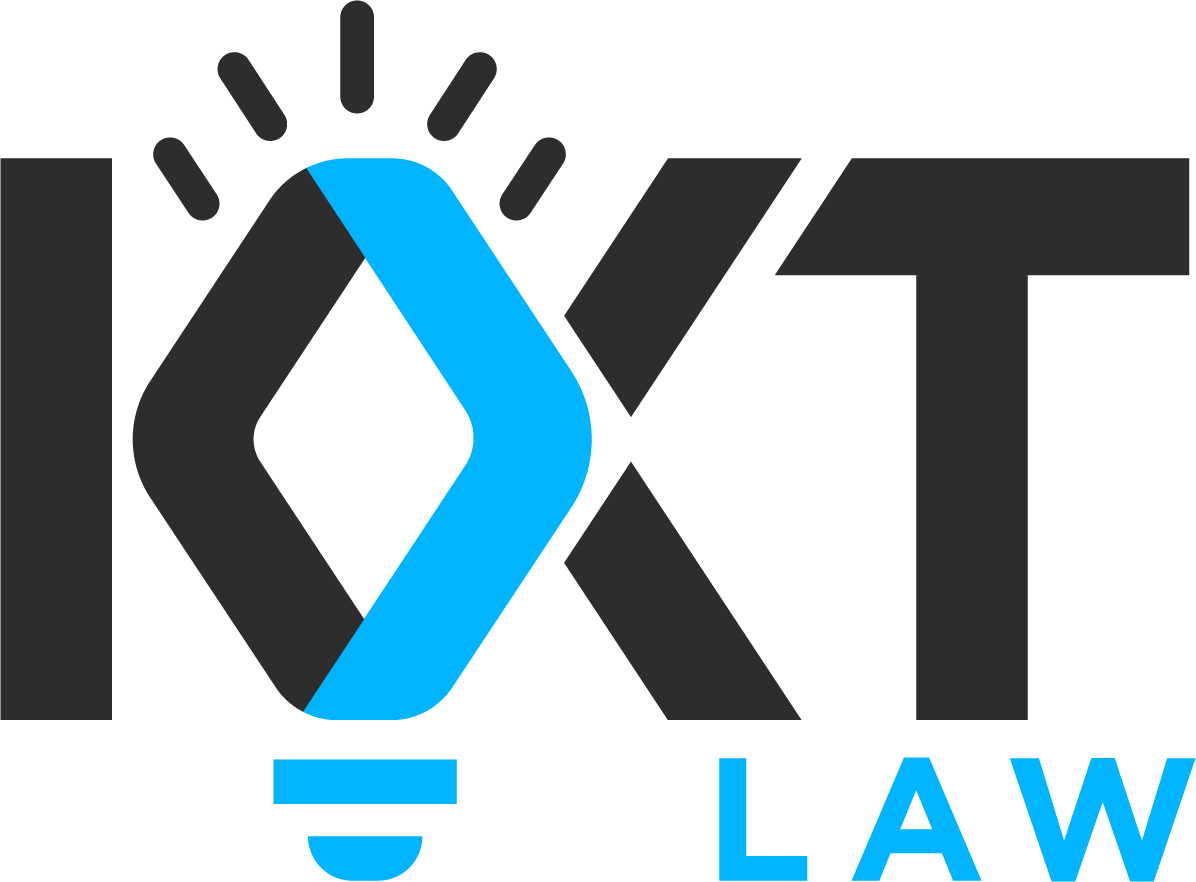By Karineh Khachatourian and Diane Honda (October 29, 2025)

This article is part of a monthly column that examines emerging artificial intelligence legal trends and strategies for responsible, high-impact adoption. In this installment, we discuss how in-house and outside counsel can mutually leverage AI capabilities to enhance collaboration.
Artificial intelligence is rapidly transforming the legal industry. Attorneys are using AI tools to drive greater efficiency, as well as improve cost-effectiveness and outcomes.
Indeed, Steve Hasker, CEO of Thomson Reuters, opined in August during the International Legal Technology Association Conference that AI represents the greatest disruption in the legal profession’s history.
A large part of this disruption is the impact it is having on how in-house and outside counsel collaborate and work together. It is therefore essential for in-house and law firm teams to thoughtfully reimagine current processes in order to build successful relationships.
1. Aligning AI Strategy and Capabilities
Effective collaboration starts with clarity about tools, policies and objectives. In-house teams must outline their AI policies, security requirements and use cases with outside counsel, who in turn must share their technological capabilities and workflows.

Joint AI readiness sessions allow both parties to assess and align on tools, such as contract review platforms, which streamline document analysis and flag risky clauses; research applications based on retrieval-augmented generation, which deliver more accurate, source-grounded legal insights; summarization systems, which condense lengthy case materials or contracts into actionable takeaways; and risk-detection engines, which proactively identify compliance gaps or potential exposures.
These sessions can help establish clear protocols for data handling, confidentiality and responsible AI adoption. When both teams leverage compatible systems and processes, insights can flow seamlessly, enhancing decision quality and overall efficiency.
Additionally, by clearly defining which tasks can be automated internally and where external expertise adds value in the new AI-enabled environment, in-house and outside counsel can work more like an integrated team than in the traditional vendor-customer relationship.
2. Automating Routine Legal Workflows
In-house attorneys can use AI to automate repetitive, low-complexity tasks such as nondisclosure agreements, vendor agreements, compliance reviews and due diligence. They might use these tools to flag risky clauses, summarize documents into first drafts, and autocomplete regulatory and customer questionnaires.
Once these foundational tasks are completed with AI assistance, in-house teams can more selectively leverage outside counsel to assist with analysis, negotiation and strategic guidance.
Two practice areas with rapidly shifting workflows are litigation and mergers and acquisitions. Work once exclusive to armies of outside counsel can now be managed efficiently in-house, or with smaller teams acting as extensions of the in-house legal team.
In litigation, in-house lawyers can use AI to handle smaller matters that were previously routinely sent to outside counsel. These include prelitigation negotiation and potential resolution for small claims or lower-value commercial disputes, employment claims, and regulatory inquiries that don’t require extensive courtroom advocacy.
In addition, in-house counsel can use AI to review data rooms, extract key information and prepare targeted summaries for stakeholders, with outside counsel handling specialized issues related to the transaction, such as intellectual property, regulatory or tax complexities.
By leveraging AI and the strengths of both in-house and outside counsel, results may be improved, and the work can be aligned to optimize their respective skills.
3. Combining Human Judgment With AI Speed
Attorneys can use AI to complement, not replace, their expertise. The most effective approach merges the analytical strength of AI with the expertise of legal professionals.
In-house teams can use AI to quickly gather real-time insights and information, and then leverage external partners to help interpret and align these results with business strategy. Working together, they can model situations, forecast outcomes and make informed decisions at the same speed the business is moving.
For example, AI may be used to support proactive risk management by continuously scanning data and workflows to detect potential issues early. Attorneys might use AI to identify missing contractual clauses, audit job descriptions for classification compliance, monitor policy adherence and avoid undesired automatic contract renewals.
This evolution from reactive to preventive actions enables safer and more efficient operations, and strategically elevates how in-house and outside counsel jointly approach risk management.
4. Reinventing Knowledge Management
Legal and business knowledge is often fragmented across teams and systems, and between in-house and outside counsel. Attorneys can use AI-powered semantic and vector search technology to more accurately retrieve information from centralized or decentralized sources. They can do so by connecting existing data sources, such as document management systems, contract databases, email archives, messaging systems and knowledge bases, into a unified search layer.
This allows attorneys to retrieve prior work product based not only on keywords, but also on meaning and context — for example, finding past agreements that address a similar risk allocation clause, even if different terminology was used — enabling faster and more accurate reuse of prior work.
Shared AI-enabled libraries of templates, documents, policies, best practices and case materials can provide real-time, seamless access to all legal professionals assisting the business in meeting its goals.
In practice, these shared repositories can be established through secure cloud-based platforms that integrate both in-house and outside counsel workspaces. Each document — whether a contract, policy, template or case summary — can be indexed with metadata, such as jurisdiction, business unit, document type or risk level, to enhance retrievability.
Access permissions can be tiered to ensure confidentiality, while AI tools continuously learn from user interactions to refine search accuracy and suggest related precedents or templates.
Over time, these AI-enabled libraries evolve into active repositories of institutional knowledge, enabling real-time collaboration. In-house counsel can instantly locate past guidance or model clauses, while outside counsel can contribute annotated updates, new templates or lessons learned from ongoing matters.
The result is faster response times, consistent quality and a more strategically aligned legal function.
Conclusion
In-house and outside counsel can transform legal workflows and responsibilities by leaning into the use of AI. The most successful partnerships between in-house and outside counsel depend on aligned technology strategies, responsible experimentation and a shared commitment to innovation.
By integrating AI into their workflows, attorneys may be able to deliver faster insights, deepen collaboration with business stakeholders and each other, and anticipate risks more effectively.
In-house legal teams become true partners — using AI-generated dashboards to guide rapid decisions, codeveloping AI use cases with departments like human resources or procurement, and inviting outside counsel to refine playbooks based on AI-driven insights.
As with prior technology-driven disruptions, success comes from thoughtfully reimagining current processes and transforming them. By combining AI’s analytical power with human judgment, and by defining new ways to work together, legal professionals will achieve outcomes that are faster, better and more strategically impactful to business success.
Karineh Khachatourian is the managing partner at KXT Law.
Diane Honda is the chief administrative officer at Redis.
The opinions expressed are those of the author(s) and do not necessarily reflect the views of their employer, its clients, or Portfolio Media Inc., or any of its or their respective affiliates. This article is for general information purposes and is not intended to be and should not be taken as legal advice
